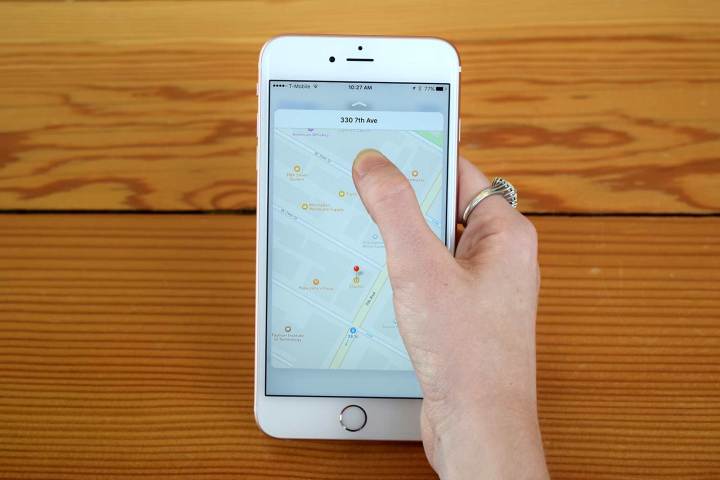
The program is called TryRating, and thanks to the interface Apple has developed, it’s fairly simple to use. Workers type in a search query, and are presented with a series of Maps results. They then must analyze the results, answering questions about the accuracy of the names, addresses, pin locations, and other details.
From there, Apple aggregates the results of many individuals interpreting the same query, drawing a consensus on how to update the location. And, not surprisingly, the company is very clear on how workers should judge every listing, supplying them with a 200-page book of guidelines.
Workers will reportedly be paid 54 cents for completing a single task, though they are limited to performing up to 600 a week. The system is not totally unlike Amazon’s Mechanical Turk model, which connects clients with a network of freelance workers to handle a variety of what it calls Human Intelligence Tasks.
Apple Maps may have stalled as it came out of the gate in 2012, but the service has made strides in its first five years. However, it still pales in usage when compared to Google Maps, which may explain this initiative. While Google relies on millions of users to crowdsource improvements, Apple is employing just hundreds of independent contractors. And, ironically, the company is directing them to verify these results by any method available — even if that means using Google’s Street View.
While Apple could and likely does employ artificial intelligence to enhance the Maps experience, there are certain judgment calls that only real people can make. The iGeneration report provides the example of French users searching “Brest,” and Apple Maps returning a result for the city in Belarus, rather than the French port city. Apple later corrected that issue in an update. In such cases, artificial intelligence alone can’t determine relevancy. Human input is required to some degree, meaning the TryRating program should ultimately make Apple Maps a much more dependable navigation resource.



